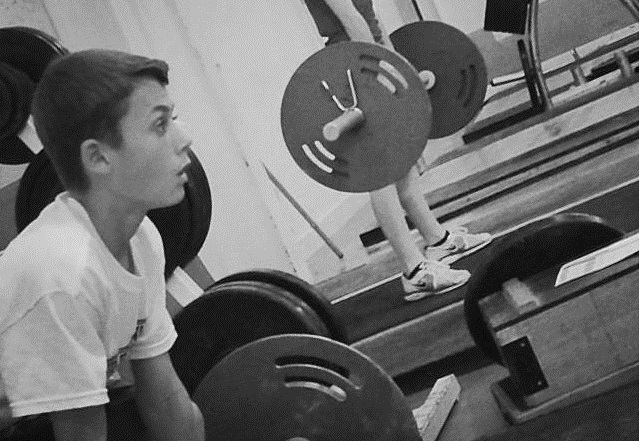Influencing The Next Generation Of Boxing
Strength training for children has been a much debated activity in the past due to it’s misconceived dangers and negative physical affects. It has always been a wonder to me why children are not allowed to do strength training when they get tackled, barged, blocked and punched in their respected sports… surely this is more dangerous than safely picking a weight up in a controlled environment?
Today, the benefits of strength training for children are becoming better received following a range of safe practices, media coverage and academic literature.
What is Boxing’s current approach to strength training in children?
What To Expect
- Long Term Athletic Development
- Training Methods For Children
- Influencing The Next Generation
How To Structure Youth Training
The ‘Long Term Athletic Development’ (LTAD) model is a framework for an optimal training, competition and recovery schedule for each stage of athletic development through childhood and adolescent years.
The model consists of 7 stages, developing a continuum guiding a young athlete from learning fundamental movements to training at an elite level. This model also coincides with the “Window of Trainability”, a period of time where an increased opportunity to move better, be bigger, be stronger and have quicker reactions.
Athletes who engage in the model and its practices are more likely to reach their full athletic potential.
Want to watch our webinar for FREE? Click here to watch Plyometrics for Boxing
Moving For A Stronger Tommorrow
First things first, we need to get young athletes moving better before focusing on increasing strength. During growth, regions of the brain develop at an accelerated rate, offering a key time frame to learn and improve fundamental movement patterns. This will lead to increased muscular force production and overall motor skill proficiency.
Building a catalogue of competent athletic movement patterns will allow more advanced strength and movement programs in later maturity.
Once this has been achieved, and the window of trainability occurs, there are many ways young athletes can increase muscular strength; including single-set workouts, multiple-set workouts, medicine balls, elastic bands and bodyweight exercises.
Watch Niall Sharp complete a range of exercises on our training cluster sessions
Youth Strength Training in Boxing
Athletic development programs for children and adolescents are now being used in a range of sports and athletic competition. At most Football and Rugby clubs, there are youth training systems lead by qualified sport science practitioners.
But what is happening in Boxing?
Our mission is to create a training system to athletically develop the champions of tomorrow.
At Sheffield Hallam University, our Combat Conditioning sessions are open to all ages and abilities, from heavyweight professionals to amateurs aged from 11 upwards (see picture above… one of my favourite pictures).
We have a junior graduation scheme that consists of 2 x 6-week programs for each of the Bronze, Silver and Gold stages. The aim of these programs are to gradually develop movement patterns to coincide with the LTAD.
Influencing The Next Generation Of Boxing
In 2015, we put on an awesome workshop for young athletes in Boxing. In the summer holidays, we put on educational and practical workshops to give youth boxers a better understanding on how to apply sport science to their training.
In 2017, we will be putting together an extended strength and conditioning training program for junior boxers, this will increased the likelihood of optimising athletic potential through improved training frequency and consistency.
More sessions put in place, the better testing and monitoring we can put in place to recognise growth and maturity patterns. By doing this, we can ensure a well structured and effective LTAD model in Boxing.
If you are interested in more details about our junior programs at Sheffield Hallam University, send me an e-mail at boxing.sci@gmail.com
OR Join our mailing list for more information


